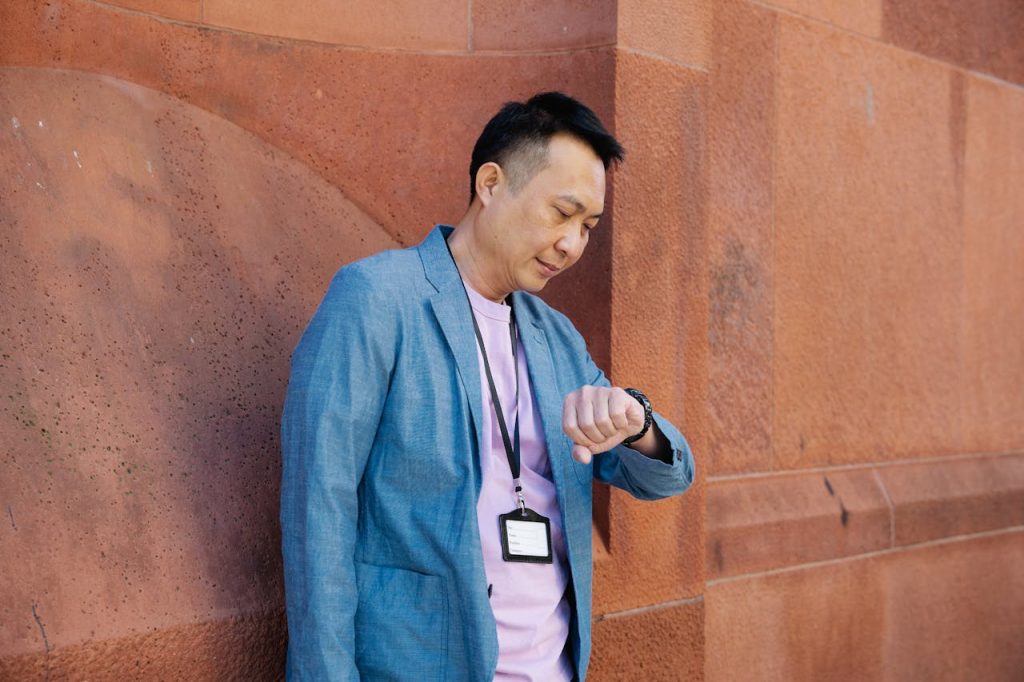The Power of the Perfect Lanyard
In today’s professional and educational environments, ID badge lanyards have become an essential accessory. They’re not just functional tools for carrying identification cards; they’re also a significant part of an organization’s branding and a way to make a stylish statement. A well-designed lanyard can enhance security, promote your brand, and even serve as a small morale booster for staff and students.
Creating effective and stylish ID badge lanyards requires a balance of practicality and design. In this article, we’ll explore ten essential tips to help you create lanyards that are not only functional but also stylish and representative of your organization’s identity.
1. Prioritize Comfort and Durability
The primary purpose of a lanyard is to hold an ID badge securely and comfortably throughout the day. Therefore, the first step in designing an effective lanyard is to prioritize comfort and durability.
Tips:
- Choose soft, high-quality materials like nylon or polyester to prevent irritation around the neck.
- Ensure the lanyard has smooth, finished edges to avoid chafing.
- Opt for durable materials that can withstand daily wear and tear without fraying or breaking.
Example: A healthcare organization selects soft, durable polyester lanyards to ensure comfort for nurses and doctors who wear them for long shifts.
2. Select the Right Width
The width of the lanyard affects both its comfort and its ability to display branding or text clearly. Standard widths range from 1/4 inch to 1 inch, each suitable for different purposes.
Tips:
- For a minimalistic look, choose a narrower lanyard (1/4 inch or 1/2 inch).
- For displaying logos or text clearly, opt for a wider lanyard (3/4 inch to 1 inch).
- Consider the weight of the ID badges or attachments to ensure the lanyard can support them without causing discomfort.
Example: A tech conference uses 3/4 inch lanyards to clearly display the event logo and sponsor names, balancing visibility and comfort.
3. Choose a Secure and Functional Attachment
The attachment mechanism at the end of the lanyard is crucial for securing ID badges and other items. The choice of attachment should be based on the specific needs of the users.
Tips:
- Opt for swivel hooks, bulldog clips, or split rings for easy attachment and detachment of ID badges.
- Consider breakaway clasps for safety, especially in environments where lanyards might get caught on machinery or equipment.
- Ensure the attachment is sturdy and compatible with the type of ID badge holders or accessories used.
Example: A school opts for lanyards with breakaway clasps and swivel hooks to ensure safety and ease of use for students and staff.
4. Incorporate Your Branding
Lanyards are a perfect opportunity to showcase your organization’s branding. Incorporating your logo, colors, and even slogans can turn a simple lanyard into a powerful branding tool.
Tips:
- Use high-quality printing techniques such as dye-sublimation or screen printing to ensure vibrant, long-lasting colors.
- Match the lanyard colors with your brand’s color scheme for a cohesive look.
- Include your logo, tagline, or website on the lanyard for additional brand exposure.
Example: A corporate event features lanyards in the company’s signature blue color, printed with the logo and tagline, reinforcing brand identity.
5. Consider Customization Options
Offering customizable lanyards can add a personal touch, making them more appealing to users. This can be especially useful for events or organizations with diverse groups.
Tips:
- Allow for individual names or departments to be printed on the lanyards.
- Consider different color options for various teams or groups within the organization.
- Use reversible lanyards with different designs on each side for versatility.
Example: A university offers customizable lanyards for different departments, allowing faculty and students to showcase their specific affiliations.
6. Ensure Readability of Text and Logos
For lanyards to be effective in displaying information, the text and logos must be easily readable from a distance. This is particularly important in large events or security settings.
Tips:
- Use bold, clear fonts that are easy to read.
- Ensure there is enough contrast between the text color and the lanyard background.
- Keep the design simple and uncluttered to avoid distractions.
Example: A trade show uses lanyards with bold, white text on a dark background to ensure the company names and logos are easily readable.
7. Focus on Eco-Friendly Materials
In today’s environmentally conscious world, choosing eco-friendly materials for lanyards can enhance your organization’s image and appeal to sustainability-minded users.
Tips:
- Opt for materials like recycled PET or organic cotton.
- Highlight the eco-friendly aspect in your branding and marketing materials.
- Consider biodegradable attachments to minimize environmental impact.
Example: An environmental nonprofit uses lanyards made from recycled PET, emphasizing their commitment to sustainability.
8. Plan for Multiple Uses
Versatile lanyards that can serve multiple purposes are more likely to be used regularly by recipients. This can enhance the practicality and value of the lanyard.
Tips:
- Design lanyards with detachable clips to allow the badge holder to be used separately.
- Include additional attachments such as pen holders or key rings.
- Consider dual-function lanyards that can also be used as phone holders or USB drive holders.
Example: A conference provides lanyards with detachable badge holders and a built-in USB drive, offering attendees multiple uses beyond the event.
9. Test for Quality and Comfort
Before finalizing the lanyard design, it’s important to test samples for quality and comfort. This ensures the end product meets the expected standards and provides a positive user experience.
Tips:
- Order samples from different suppliers to compare quality and comfort.
- Conduct wear tests with a small group to gather feedback on comfort and functionality.
- Check the durability of attachments and printing to ensure longevity.
Example: A hospital orders samples of different lanyard designs and conducts a week-long wear test with staff to choose the most comfortable and durable option.
10. Consider Budget and Quantity
Finally, consider your budget and the quantity of lanyards needed. Balancing cost and quality is crucial to ensure you get the best value for your investment.
Tips:
- Order in bulk to take advantage of discounts and reduce the per-unit cost.
- Work with suppliers to find cost-effective solutions without compromising on quality.
- Allocate budget for high-quality materials and printing techniques to ensure a premium look and feel.
Example: A large corporation orders lanyards in bulk for their annual conference, negotiating a discount with the supplier while ensuring high-quality materials are used.
Case Studies: Successful Lanyard Designs
1. Tech Conference Innovation
A leading tech conference wanted to create a memorable and practical giveaway for their attendees. They designed custom lanyards with bold, clear branding and included a detachable USB drive. The lanyards were not only used for carrying ID badges but also became a practical tool for storing digital information, enhancing the overall attendee experience.
2. University Departmental Branding
A major university sought to foster a sense of community among its diverse departments. They created customizable lanyards in the university’s colors, with each department’s name printed on them. This not only helped in easy identification but also instilled a sense of pride and belonging among students and faculty.
3. Corporate Sustainability Initiative
A global corporation aimed to align their branding materials with their sustainability goals. They chose to use lanyards made from recycled materials, featuring the company’s logo and a tagline promoting their green initiatives. These eco-friendly lanyards resonated with employees and clients alike, reinforcing the company’s commitment to environmental responsibility.
Crafting the Perfect ID Badge Lanyard
Creating effective and stylish ID badge lanyards involves a blend of thoughtful design, practical functionality, and brand alignment. By prioritizing comfort and durability, selecting the right width, choosing secure attachments, and incorporating your branding, you can craft lanyards that not only serve their primary purpose but also enhance your organization’s image.
Remember to consider customization options, ensure readability, focus on eco-friendly materials, plan for multiple uses, and test for quality and comfort. Balancing these factors with your budget and quantity needs will help you achieve the perfect lanyard design.
Whether for a corporate event, educational institution, or nonprofit organization, well-designed lanyards can leave a lasting impression, promote your brand, and provide practical value to users. Embrace these tips to create lanyards that stand out and effectively represent your organization.
If you are interested in purchasing custom lanyards or if you have any questions feel free to call us at 866-486-3435 or fill out a FREE quote form.





